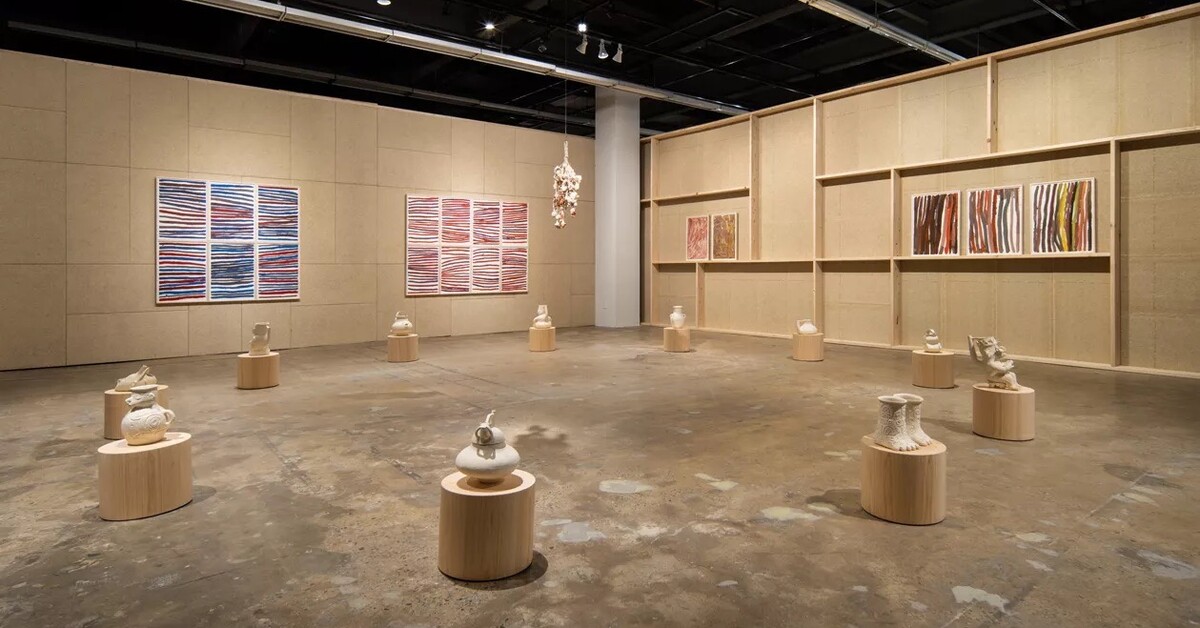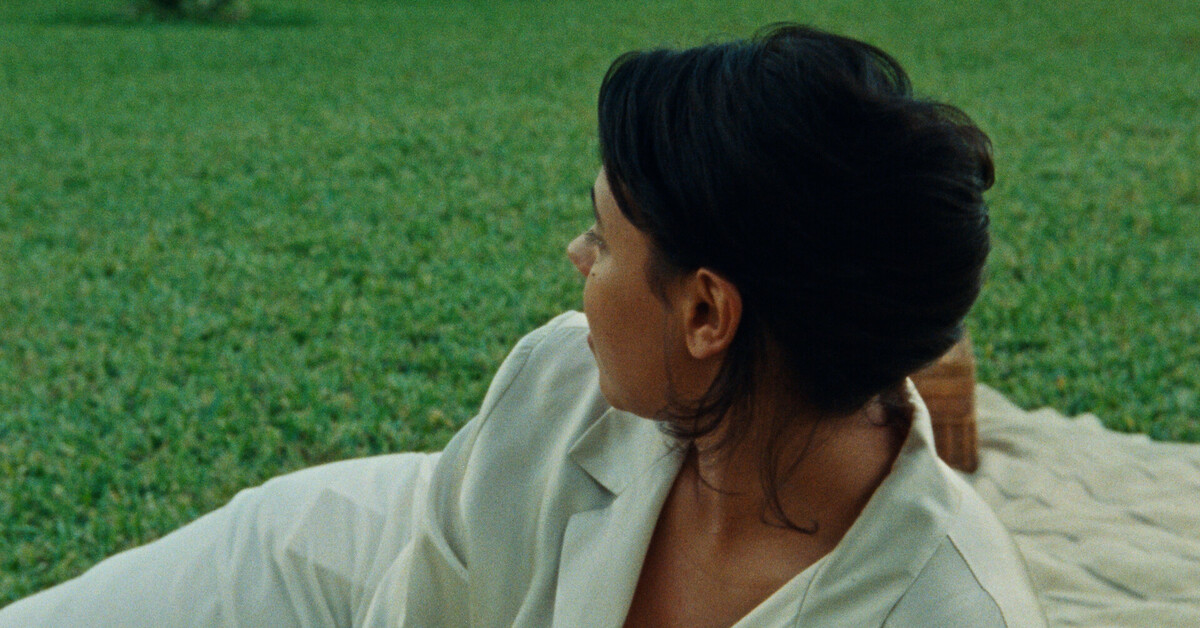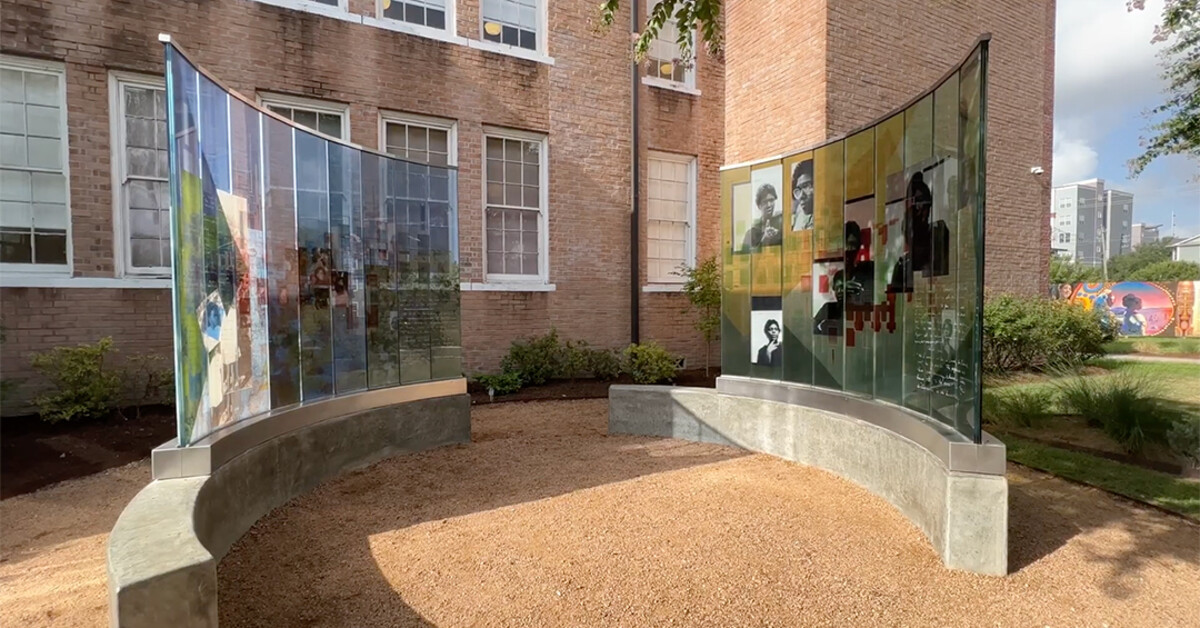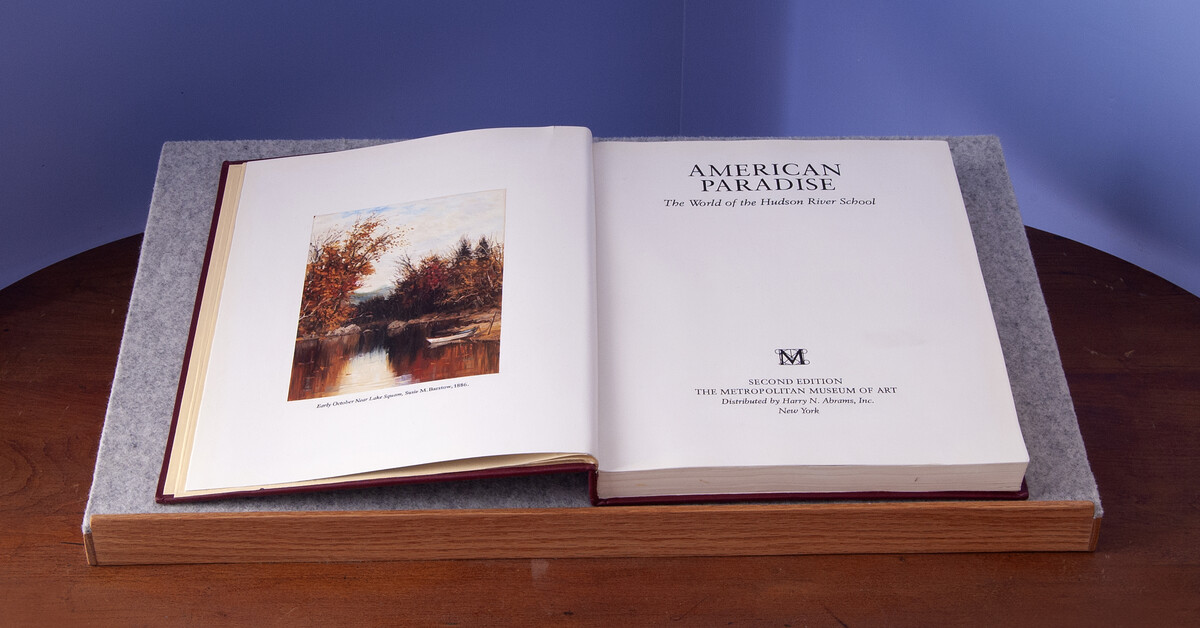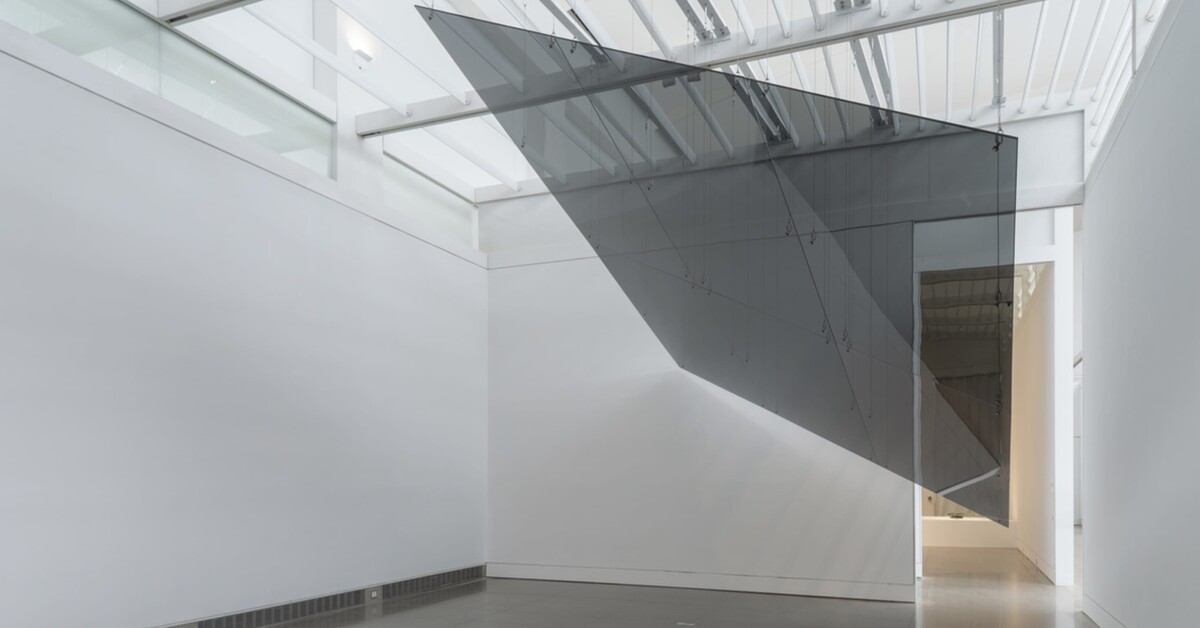Whitney Biennial 2024: Even Better Than the Real Thing
The Brooklyn Rail / Apr 4, 2024 / by Charles Schultz / Go to Original

Installation view: Whitney Biennial 2024: Even Better than the Real Thing, Whitney Museum of American Art, New York, 2024. Torkwase Dyson, Liquid Shadows, Solid Dreams (A Monastic Playground), 2024. Courtesy the Whitney Museum of American Art. Photo: Audrey Wang.
A group exhibition is always—must be—a mélange of opportunity. It is a place one visits for the intensity of variety as opposed to the singularity offered by a solo operator. You don’t see the artwork so much as you grasp its relativity to the field in which it’s been placed. In this sense, every biennial is as much about the interactive relationships established between the artworks as it is oriented to any particular object. The natural complication is that each artwork exists in its own world, comes from a unique origin, and communicates with independence through the material choices made by its creator(s). The tension born out of this relationship is what makes a group exhibition on this scale—there are more than seventy artists included—such an exciting and challenging curatorial undertaking.
If the curators, Chrissie Iles and Meg Onli, were to have chosen a song to play instead of giving a curatorial statement, it could have been Bob Dylan’s “Everything is Broken.” The world they describe is one of cracks and fissures, even time is fractured. The artists they have brought together are those who they consider, or who consider themselves to be, among the historically and culturally disenfranchised. Gender and race are determining factors. How this vision corresponds with that of the forty-fifth president is as unsettling as it is revelatory. As we lean into what divides us—the cracks and fissures; the idea of being “better than” (old tropes of a binary system)—we choose tribalism and separatism, regardless of what merriment we make among those who share our values.
Given the political underpinning of the curatorial structure, I was intrigued by how cool the mood felt throughout. Instead of anxious frustration or sullen bitterness there is an overarching sense of commitment to many small acts carried out with kindness and care, and those artifacts of touch build into a significant feeling of tenderness and generosity. There is an entire room of Suzanne Jackson’s glorious peels of mixed media, some hanging freely and others positioned on the wall. Into these works that are thin and transparent the artist places things like pistachio shells, nylon curtain mesh, produce bag netting, and shredded mail. Each piece functions like a record of a journey taken with materials.
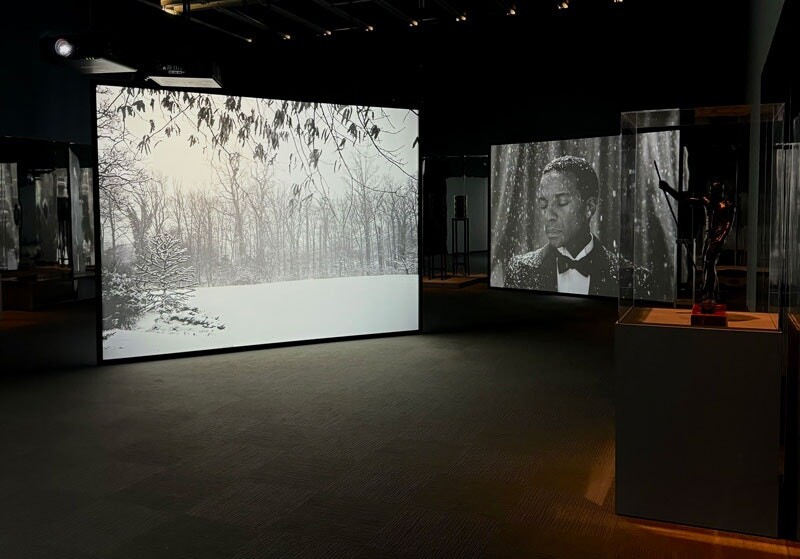
Installation view: Whitney Biennial 2024: Even Better Than the Real Thing, Whitney Museum of American Art, New York, 2024. Isaac Julien, Once Again… (Statues Never Die), 2022. Courtesy the Whitney Museum of American Art. Photo: Ashley Reese.
Similarly, the incredible crochet of ektor garcia brought me to a moment of complete stillness. Like Jackson’s work, it embodies a sense of hands working material over time. One can see with astonishing clarity all the choices the artist made as they moved from one zone to the next. And it shimmers—in place of thread the artist worked with thin strings of wire. The accumulation of so many small acts, so many hooks and loops, amasses into a force of tremendous strength like the energy of a stream that carves itself a path through rock.
Themes of survival and memory, legacy and creativity, are woven throughout—especially in the films, of which there are many that are very good. From the sophisticated cinematic projections of Isaac Julien to the more casual and freewheeling visual collage of Tourmaline, the emotional need to redress historical trauma is felt on multiple scales, both personal and cultural. “Nothing is more galvanizing than a sense of cultural past,” proclaims a protagonist in Julien’s film. The shadow side of that statement is that without such a past one slips into torpor and apathy, or worse. As a character muses in Diane Severin Nguyen’s film In Her Time (Iris’s Vision) (2023–24), “If I hadn’t created my own world, I would have died in someone else’s.”
After the immediacy of survival subsides, the process of recovery can begin, but creating community through the act of recovery is complex because of the commitment required to the founding wound. In work by Sharon Hayes and Carmen Winant we are invited to look upon groups of people united through personal trauma. While Hayes’s work is structured by the circle of trust created in group discussions, Winant’s is formed through the individual relationships forged by the artist. Undeniably these are projects that perform a social benefit—you get the clear sense of people being seen for who they are—but they trade emotion for administration. The weight of sympathy is diminished by the documentary nature of the presentations while heavier questions about the possibility of even healing at all are only faintly formed.
Anything less than new eyes to see the world is a poor expectation for the experience of art. Art that does not rise to such ambition may be qualified as merely political, and for such work a wall text is sufficient—and important—to explain its point. No such texts are needed in the zone of the gallery where Mavis Pusey’s paintings hang alongside Charisse Pearlina Weston’s installation of smoky glass panels. A triumph of organization, setting these works in such proximity surely enhances them. The shape and slant of Weston’s glass parallelogram match the geometry of form in Pusey’s paintings—made before Weston was even born—in a way that is astonishing and feels serendipitous. Formal qualities like repetition and pacing, scale and proportion resonate between the works. In their conjoining these pieces do more than represent community, they embody its essential, generational qualities.
By and large, the work in this biennial is oriented toward history. Consequently a multitude of histories are interwoven, though perhaps the feeling is closer to a web of memoir because of how frequently the past is filtered through the personhood of an individual. It takes time to absorb so many narratives, and one’s patience and capacity for attention flags. Thankfully one of the grandest works is also a place to rest, or play. Torkwase Dyson’s gargantuan, all-black, swooping construction—her “monastic playground”—occupies the northern roof deck. I laid down and closed my eyes and tried to remember the playgrounds of my childhood, which were all connected to the experience of school, classrooms, stillness, and study. Not the playgrounds. They were places for movement, places for joy, places for freedom. Necessary places to spend time.

